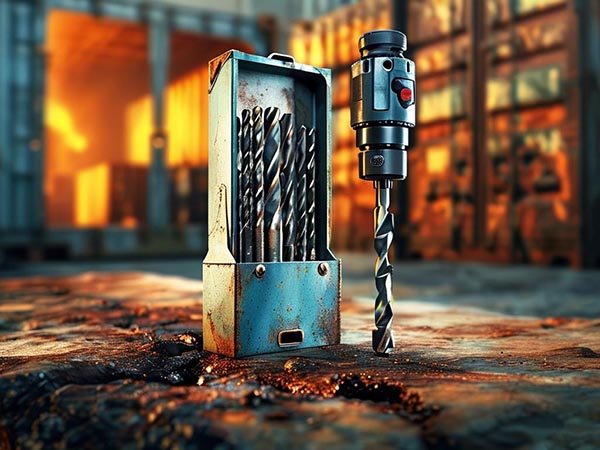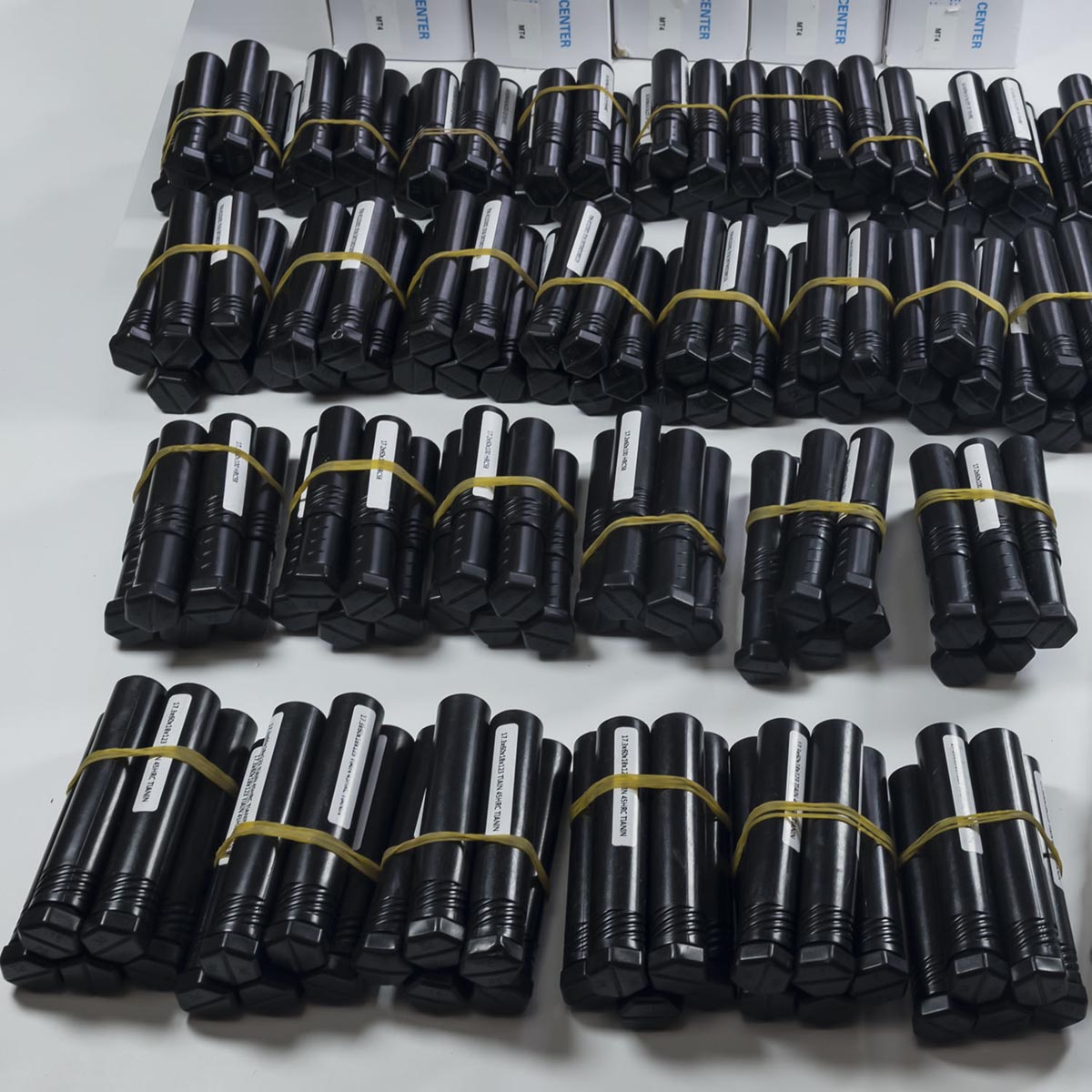How to Store Drill Bits Properly: Avoid These Pitfalls and Double Their Lifespan
Have you ever unpacked a shipment of drill bits only to find unexpected rust spots? Or noticed fine cracks on the cutting edges during humid rainy seasons? These seemingly random defects are often the result of hidden storage hazards. Whether it's a 65°C heat wave inside a shipping container during ocean transit or the organic acid emissions from mold in a tropical warehouse, these invisible threats gradually erode the service life of your cutting tools.
Based on damage analysis of over 3,000 cutting tools during international transport, this article identifies the five most common storage pitfalls—from container to customer shelf—and provides proven protective strategies. Best of all, these solutions require no specialized equipment and can be implemented using materials commonly found in a typical workshop.
Hidden Hazards During Transportation
1. Drastic Temperature Swings in Shipping Containers
- Real Data: 40-day transoceanic voyage temperature curve
(Captured via mobile device from a temperature logger: highs up to 65°C, lows down to -15°C)
- Practical Tip: “Coffee Cup Condensation Test” – Place half a cup of water inside the shipping carton to simulate dew formation.
- Cost-Effective Fix: Double-walled corrugated boxes + suspended desiccant packs
2. The Silent Threat of Salt Spray Corrosion
- Case Study: Coastal clients have reported white patches on drill bits even before unsealing.
- Lab Simulation: Saltwater mist sprayed on different packaging types to simulate marine exposure
- Quick Fix: Wipe lightly with food-grade vinegar—but avoid prolonged exposure
3. Vibration-Induced Microcracks
- Insider Insight: Experienced logistics personnel know how rough roads subtly damage tools
- Inspection Method: Use a magnifying glass to check for fine cracks along the cutting edge
Chronic Killers in the Warehouse
1. Special Notes for Southern Regions
- Monsoon Season Storage Don’ts: Avoid storing in unsealed boxes or near outer walls
- Dehumidifying Hacks: Use lime packs correctly—place them in breathable mesh bags
2. Cold-Climate Cautions
- Fatal Mistake: Storing tools in heated rooms with direct airflow
- Winter Tip: Allow the box to acclimate before opening to avoid condensation and frost
Advanced Environmental Protection for Storage
1. Humid Zone Playbook
- Rainy Season Toolkit: Lime packs, electronic moisture cards, activated charcoal
- Shelf Hacks: Keep storage 15cm off the ground to prevent ground moisture seepage
- Cautionary Tale: A Vietnamese client wrapped tools in cling film—resulting in widespread mold
2. Dry Region Risks
- Static-Induced Dust Buildup: Demonstrated by rubbing packaging with nylon stockings
- Weekly Routine: Open boxes for ventilation two hours per week
- Warning Case: A Harbin client suffered coating cracks from direct heater airflow
Care Tips by Material Type
| Material Type | Main Concern | Ideal Storage Environment | Quick Check Method |
|---|
| Standard Steel | Humidity | Dry shelf | Test magnetism strength |
| Carbide | Extreme temperature changes | Temperature-controlled warehouse | Tap and listen for clear ring |
| Coated Tools | Chemical exposure | Sealed, isolated storage | Check reflective consistency |
Real-World Customer Experiences
- Client A from Vietnam:
“Plastic wrap actually accelerated rust—switched to kraft paper and the problem disappeared.”
- Client B from Russia:
“Unexpectedly solved corrosion by placing a packet of table salt inside the carton.”
Three Immediately Actionable Protection Tips
- 5-Second Inspection: Use your phone flashlight to shine on the edge—check for uniform reflection
- Low-Cost Upgrade: Line bottom of shelves with wood shavings (consult thickness guide)
- Emergency Cleaning: For mild rust, wipe gently with diesel fuel—use a soft cloth, avoid soaking
Summary
A drill bit's longevity depends not only on its manufacturing quality but also on the microenvironment in which it is stored. The stress buildup in carbide caused by thermal fluctuations during shipping, or even 0.5 mm of moisture rising from the warehouse floor, can trigger a chain reaction of corrosion.
This article presents clear insights—like the container dew cycle, regional storage red flags, and a flashlight-based visual inspection method—to help eliminate 90% of common storage-related damage. Remember: even when drill bits sit quietly on a shelf, they’re silently battling their environment. Simple actions—like removing salt crystal residues from packaging or monitoring wood chip moisture—often become the first line of defense in maximizing tool life.



 We like to do design according to all the customers' requirements, or offer them our new designs. With strong OEM/ODM capabilities, we can fill your sourcing demands.
We like to do design according to all the customers' requirements, or offer them our new designs. With strong OEM/ODM capabilities, we can fill your sourcing demands.